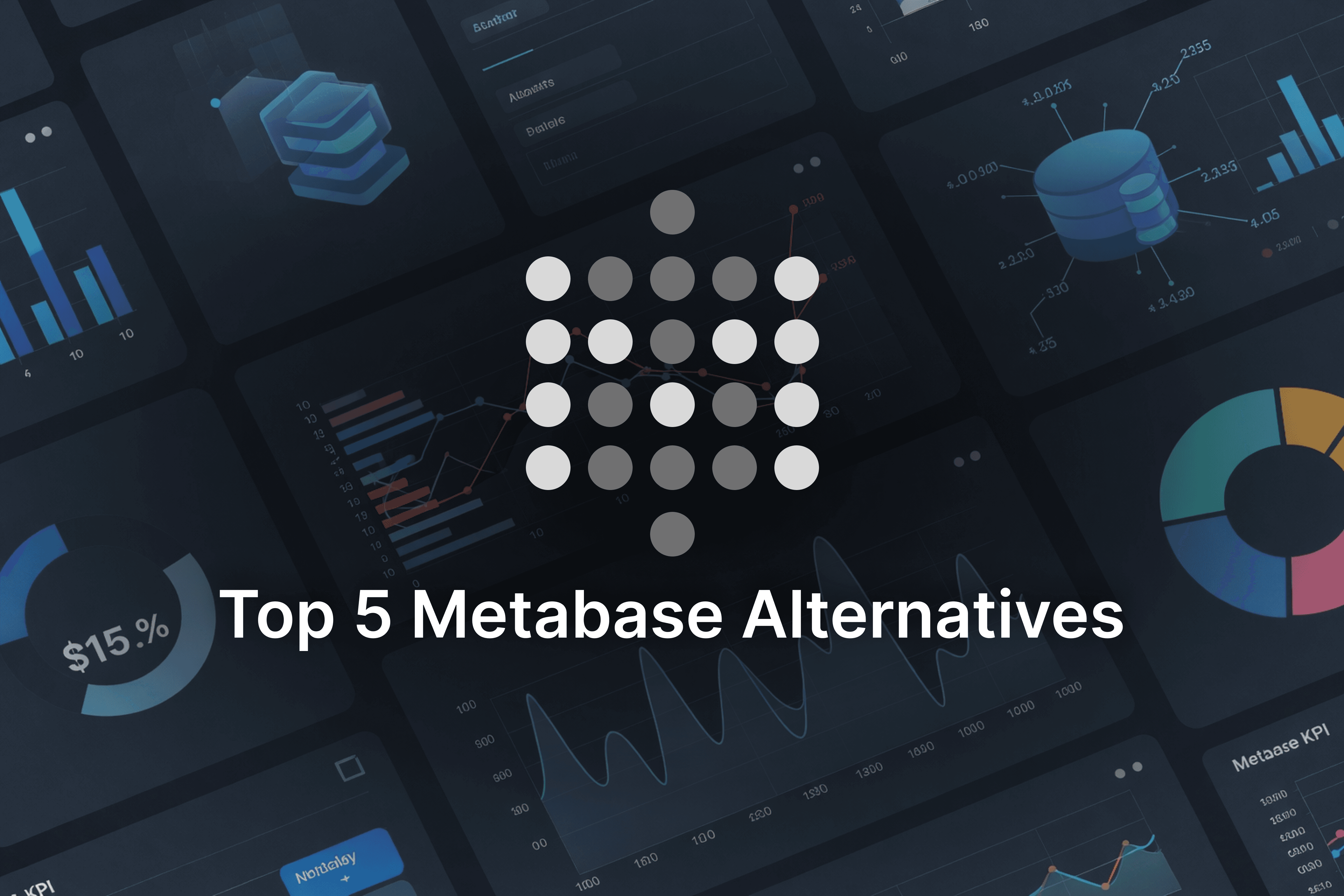Discover what embedded analytics is, how it works, and why it’s transforming business applications in 2025. Learn key features, benefits, AI-powered insights, and monetization strategies to drive real-time, data-driven decisions.

Embedded Analytics: How It Works, Benefits, Key Features, AI Role, and Business Impact
In today’s fast moving digital world, the value of data lies in how quickly it can be acted upon.
Yet in many organizations, getting to those insights means switching between multiple tools, copying results into different systems, and losing valuable time in the process.
Embedded analytics changes that.
By integrating real time dashboards, reports, and data visualizations directly into the applications people already use whether it’s a CRM, ERP, or SaaS platform, teams can make informed decisions without breaking their workflow.
This approach doesn’t just save time; it can cut development costs and even open new revenue streams, sometimes within the same quarter.
What is Embedded Analytics?
Embedded analytics refers to the seamless integration of dashboards, reports, and contextual data insights directly within software applications. Unlike traditional embedded business intelligence tools that live outside your workflow, these solutions sit within your existing systems for maximum efficiency.
In simple terms, embedded analytics makes data part of the workflow, not an extra step. This creates custom analytics dashboards that users actually use.
Key Benefits of Embedded Analytics
Integrating analytics directly into business software creates measurable advantages:
Real-time analytics integration so decisions are based on the latest information.
Contextual data insights available within existing workflows.
Higher user adoption and engagement because the data is always visible.
Increased productivity by eliminating tool switching friction.
Competitive advantage with analytics, leading to new revenue possibilities.
How Does Embedded Analytics Work?
Data Collection, Transformation, and Visualization
The process begins by pulling data from various sources such as CRMs, ERPs, and cloud databases. That data is cleaned, organized, and enriched so it is ready for analysis.
Once prepared, the information is displayed through interactive dashboards inside the application. Users can filter, explore, and drill into the numbers without leaving their main workspace
Integration Techniques: APIs, SDKs, and iFrames
There are several ways to embed analytics into a product. Some teams connect through analytics APIs, others use software development kits for prebuilt components, and some simply embed dashboards with iFrames. Each method has its pros and cons, but the goal is the same, provide a seamless experience that works across devices and environments.
Build vs Buy: Choosing Your Embedded Analytics Solution

Building from scratch gives full control over custom analytics solutions, but it can be expensive and slow to launch.
Buying a ready-made embedded analytics platform speeds up deployment, includes role-based data security, and scales easily, but may limit deep customization.
The right choice depends on budget, speed to market, and how important complete customization is to your product strategy.
Example:
A mid sized HR software company needed analytics for its clients. Building from scratch would have taken a year and a dedicated team of five developers. Instead, they integrated a commercial embedded analytics platform in three months, rebranded it to match their product, and launched it as a premium feature. This approach saved development costs and brought in new revenue within the same quarter.
Key Features to Look for in an Embedded Analytics Platform

A seamless look and feel that blends into your product
Security features such as role based permissions and encryption
The ability to grow as your user base and data needs expand
Flexible integration options through APIs or SDKs
Support for many different data sources
Self service tools so non technical users can explore data on their own
The Role of AI in Embedded Analytics
Artificial intelligence is transforming how analytics is consumed.
Instead of manually digging through dashboards, AI can:
Deliver automated insights based on live data.
Provide predictive analytics to forecast trends before they happen.
Perform anomaly detection to alert teams to unusual patterns.
Enable AI-driven decision making that guides workflows toward optimal outcomes.
This reduces manual exploration and more focus on high impact actions.
How to Monetize Data with Embedded Analytics
For software providers, analytics isn’t just a feature, it’s a potential revenue stream.
Companies are creating new income opportunities by:
Offering analytics as a service
Creating tiered pricing for analytics features
Upselling self service analytics as a premium feature
Using data monetization strategies to increase revenue from existing customers
Embedded Analytics vs. Business Intelligence
The key difference is location.
business intelligence tools are standalone platforms, requiring users to leave their primary software to access insights.
Embedded analytics keeps those insights inside the application itself.
With embedded analytics, organizations gain:
Better contextual insights
Easier custom analytics dashboards
Improved role-based data security
A more scalable analytics architecture
Top Embedded Analytics Tools in 2025
Several platforms stand out for their features and flexibility, including Yellowfin, Qlik, and Zoho Analytics
These tools offer:
Smooth analytics API integration
Flexible UI customization and white labeling
Strong role based data security measures
AI and predictive analytics for business apps capabilities
Frequently Asked Questions (FAQ)
What is embedded analytics?
It is the integration of analytics directly into software applications for real-time analytics integration and contextual insights.
How does it work?
Data from various sources is processed and displayed inside the host application through integration methods such as APIs or SDKs.
What are the main benefits?
Faster decision-making, higher engagement, and a competitive edge.
How customizable is it?
Most platforms support branding, layout control, and custom visualizations.
Is it secure and scalable?
Yes. Modern solutions use encryption, role based permissions, and architectures that handle growing user and data demands.
Conclusion
Embedded analytics is no longer a nice to have, it’s becoming a standard expectation in modern software.
By bringing data and insights directly into the tools people use every day, organizations can move faster, work smarter, and uncover new growth opportunities.
Those who embrace embedded analytics today will be better positioned in a future where data driven applications define market leaders.









